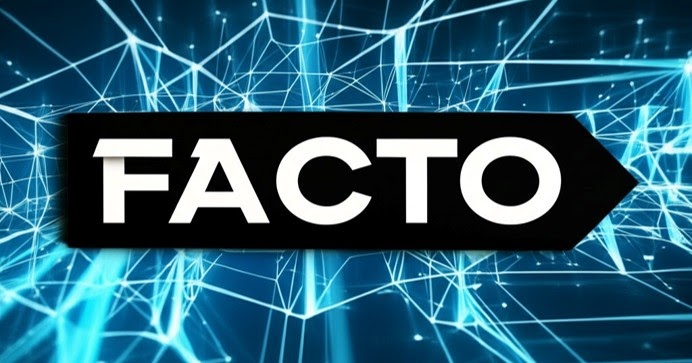The human brain, while representing just 2% of body weight, consumes about 20 watts of energy—roughly the power draw of a dim light bulb. Yet, it controls every thought, movement, and memory.
📊 What it means:
The brain's energy demand is disproportionately high compared to its size. It uses about 20% of the body’s total energy, even when at rest. This energy supports everything from automatic body functions to complex reasoning.
🔎 Behind the number
- Energy consumption: The adult brain uses about 300–400 kilocalories per day, translating to roughly 20 watts.
- Resting state activity: Even without active thought, the brain remains highly active—regulating breathing, heart rate, temperature, and sleep cycles.
- Neural activity: Most energy is spent on maintaining ion gradients in neurons, allowing for electrical impulses (action potentials) and synaptic transmissions.
- Cognitive functions: Higher-order processes like decision-making, attention, and memory require only modest additional energy over baseline activity.
- Efficiency: Compared to artificial intelligence systems, the human brain remains vastly more energy-efficient at performing complex computations and pattern recognition.
🔍 Scientific context:
Brain development in infants and young children uses up to 60% of metabolic energy, explaining why nutrition is critical during early years.
During intense mental tasks (e.g., exams), energy use may increase slightly—but not dramatically. Mental exhaustion often stems from neurotransmitter depletion rather than caloric burn.
📣 Why you should care:
- Understanding the brain's energy needs helps contextualize issues like:
- Nutritional requirements for cognitive performance
- Sleep deprivation’s impact on brain function
- The design of brain-computer interfaces and AI comparisons
- Our brains are small, quiet, and energy-thrifty—yet incredibly powerful.



Comments
Post a Comment
Leave a comment. Thanks!
Comentarios de Facebook